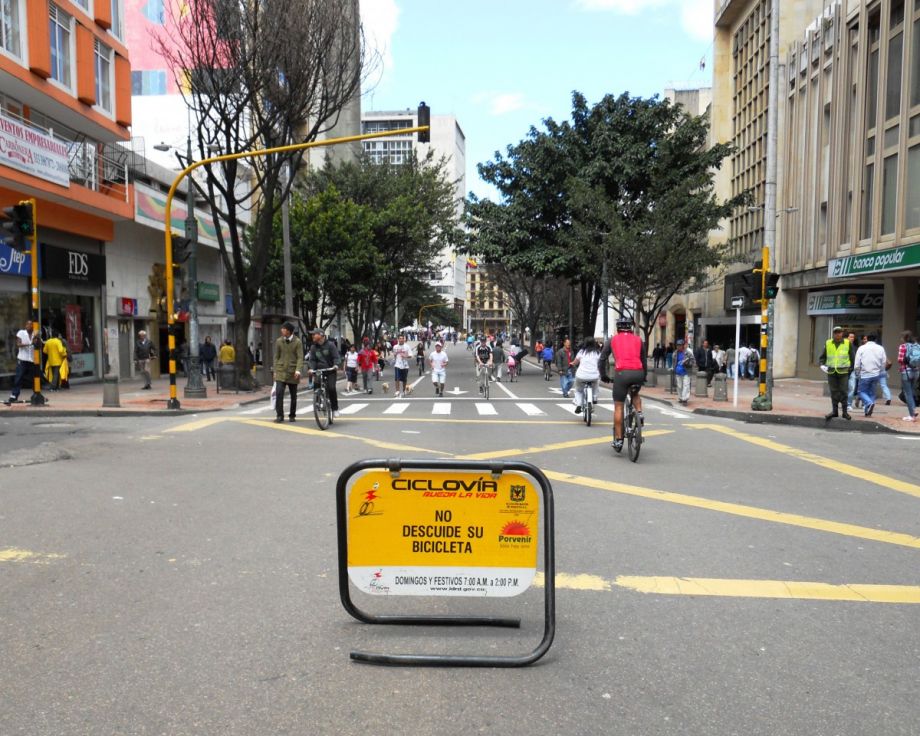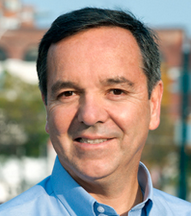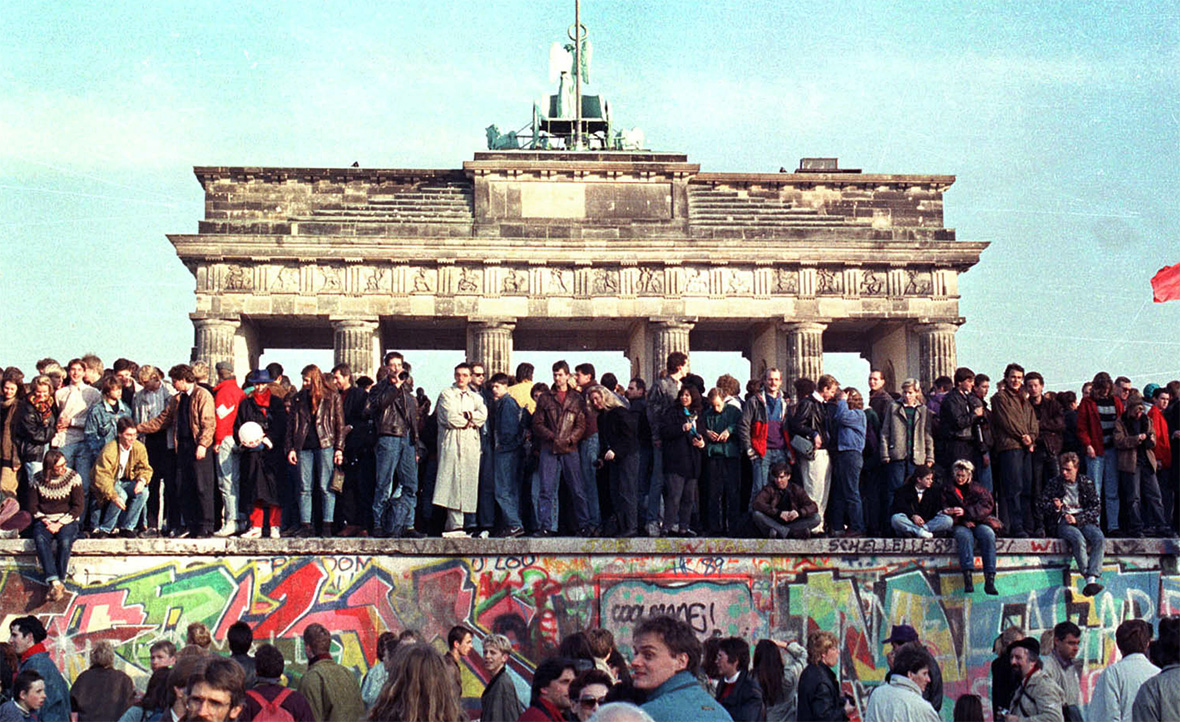Gil Penalosa wants you to act now. So it’s a good thing that when he’s expounding on how cities should be designed, it’s hard not to get excited about the future.

Once the commissioner of parks in Bogota, Colombia, and now a consultant, Penalosa was in Seattle last year for a Seattle Department of Transportation (SDOT) speaker series on the future of transportation. As he made his case for building cities that allow everyone from 8 to 80 years old to get around safely and independently (his consultancy is the Toronto-based 8-80 Cities), he gave the audience a lesson in effectively engaging in the politics of placemaking.
“Parks, walking, biking, transit … are the means,” says Penalosa. “Successful cities where people will be healthier and happier are the end.”
His presentation, “Mobility As a Force for Health, Wealth and Happiness,” covered pretty basic material, but, much the way political rallies are more an organizing tool for people already sympathetic to a cause, Penalosa’s speech fired up the urbanist crowd of planners, designers, advocates and DOT employees.
In his time as Bogota’s parks commissioner, Penalosa championed the creation or revitalization of over 200 parks, including the 988-acre Simon Bolivar Park. He instituted Ciclovia, a weekly car-free streets event that now takes place on 75 miles of closed streets and sees 1.3 million participants each Sunday. He also supported former Mayor Enrique Penalosa’s installation of 174 miles of protected bike lanes, which helped bring bicycling’s mode share from .5 to 5 percent. (The ex-Mayor is his brother.)
From our partners:
“Bogota is evidence that this is not a financial issue, not a skills issue. It is a political issue,” Penalosa said.
Step one in the Gil Penalosa guide to transforming cities: Create a sense of urgency. He says with an obesity epidemic, shrunken city budgets, exploding urban growth, climate change and aging populations, that urgency is already very real.
The second step is implementing infrastructure that not only works for everyone, but also is attractive and inviting. “We need to stop building cities as if everyone is 30 and athletic,” Penalosa exclaimed, eliciting applause from the audience.
Of course that includes lower speed limits for cars, good sidewalks, street trees, parks and a complete network of protected bike lanes. To do anything less signals that non-motorized transportation is second-class. “We need to dignify the pedestrians and dignify the cyclists with sidewalks and protected bike lanes.”
Beyond that, Penalosa said cities must include flourishes such as street art, sidewalk cafes and more. When great cities choose to dedicate space to people, people will use that space.

“The dinosaurs of last century said if there’s not enough space for transit, bikes, pedestrians and cars on a street, we’ll only build for cars,” Penalosa said. “We need people in this century to say if there’s not enough space for [everything] we’ll just build for transit, bikes and pedestrians.”
Penalosa said the third part of his plan is to elevate and support leaders, using Ontario P.E. teacher Ann Fenton as an example. Noticing that hardly any kids walked or biked to school anymore, she blocked off the parking lot and created drop-off zones a half mile away from the school. As a result, kids and their parents started walking and biking. “We need more Anns,” he noted.
Part four is about being bold: “We need doers! People want to go to the boldest places.” New York City’s Times Square pedestrian plaza, Bogota’s 75 miles of closed Ciclovia streets, these are the scale Penalosa’s thinking about.
The fifth and final part of Penalosa’s plan: People must get engaged in the process. “Citizens can no longer be spectators, they must participate,” says Penalosa. It felt partially like advice, partially like reproach when he said it.
For a place like Seattle, Penalosa said, the greatest barrier for getting people engaged is, “the myth of excellence … You think you are great, but you are not.” Seattle is good by American standards and ranked high in best cities lists as a result. Penalosa advised fighting complacency and taking Seattle from good to great. To do that, citizens need to benchmark themselves against the best in the world, not those already worse than them.
As Penalosa talked about transforming cities he was unwavering in his convictions. Cities and citizens that don’t work to rebuild their infrastructure and create great places are failing huge portions of the population.
“Walking or cycling is the only mode of individual mobility for youth and the elderly. It should be a right.”
This feature is written by Josh Cohen & originally appeared in Next City.















